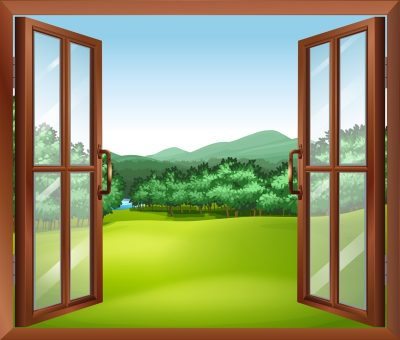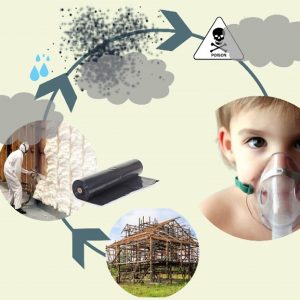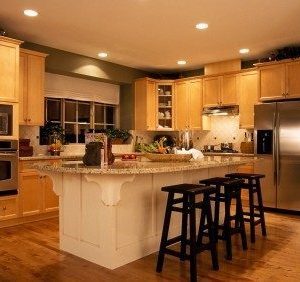$145.00
Topics include fresh air requirements for indoor spaces, optimal climate conditions, types of ventilation, mechanical ventilation, forced air systems.
You will have the option of using your credit/debit card or your PayPal account as you proceed toward enrollment. If you prefer to enroll by check or by phone, please write us at outreach@buildingbiologyinstitute.org.
Description
Topics include fresh air requirements for indoor spaces, optimal climate conditions, types of ventilation, mechanical ventilation, forced air systems.
The air we breathe today is often polluted by a host of particulate and gaseous toxins generated by furnaces, power plants, factories, automobiles and the like. Though the Clean Air Act of 1970 helped reduce air pollution, there are still many so-called non-attainment areas where current standards of criteria air pollutants such as carbon monoxide, sulfur dioxide, nitrogen dioxide, and particulate matters are not met. Further, susceptible individuals may develop symptoms at much lower exposure levels of certain air pollutants, especially in major urban areas, industrial centers and traffic hotspots. Dirty air is not just a nuisance but poses a health risk, including a broad range of respiratory diseases, lowered immune response, higher incidence of infectious diseases, lower life expectation, as well as psychological disorders. This course explores those risks and outlines real-world solutions.





